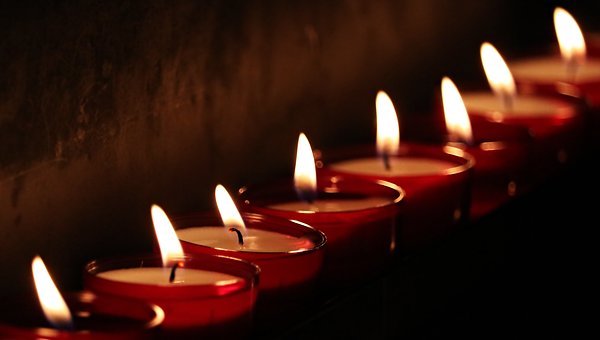Different Anxiety Reduction Techniques
Anxiety reduction techniques can help you overcome not only anxiety, but also stress and tension. This is because anxiety can be experienced as tension, worry and nervousness and can present itself as thoughts or physical sensations you experience. The techniques you can use to reduce anxiety include relaxation, visualization and imagery, positive self-talk, meditation and breathing exercises.
Relaxation
This anxiety reduction technique is based on the idea that anxiety is connected with muscular tension. When you can achieve deep muscle relaxation, your muscle tension becomes reduced and this relaxed state helps you feel less anxious.
Visualization and Imagery
Create a mental image of what you desire to accomplish. For example, if you wish to get rid of concerns or worries, create a relaxing image (perhaps of sweeping away leaves as you would like to sweep away your worries) to momentarily escape from a stressful situation. You can also visualize achieving high grades on tests or presenting yourself confidently in interview or public speaking situations (which often produce a great deal of anxiety).
Positive Self-Talk
The way you talk to yourself about stressful situations can become habitual. For example, you might take a normal event like taking a test for a biology class and magnify its importance. Stress inoculation training is a whole branch of therapy that helps train clients in how to cope with anxiety and other stressful situations by learning how to talk to themselves in more positive and constructive ways.
Meditation
In meditation, you train your mind to focus on one thing at a time, such as your breath at the tip of your nose, right above your mouth. Other forms of meditation have you pay attention to the physical sensations on your body to observe and begin to understand how your sensations are connected with emotional and mental patterns you have. One of the main benefits of meditation is stress reduction, so it can be a helpful technique to practice just prior to anxiety-producing situations.
Breathing Exercises
Yogic teachings emphasize the importance of breathing, claiming that the way you breathe actually affects the way you think, just as the way you think affects the way you breathe. Slowing down your breathing can thus be very helpful in reducing anxiety. Yoga classes often include breathing exercises like breath of fire and alternate nostril breathing to help you deal with anxiety.
Sources:
Sivananda Yoga Teacher Training Manual; Swami Vishnudevananda
Healthy: Relaxation Techniques for Relief of Anxiety & Stress
